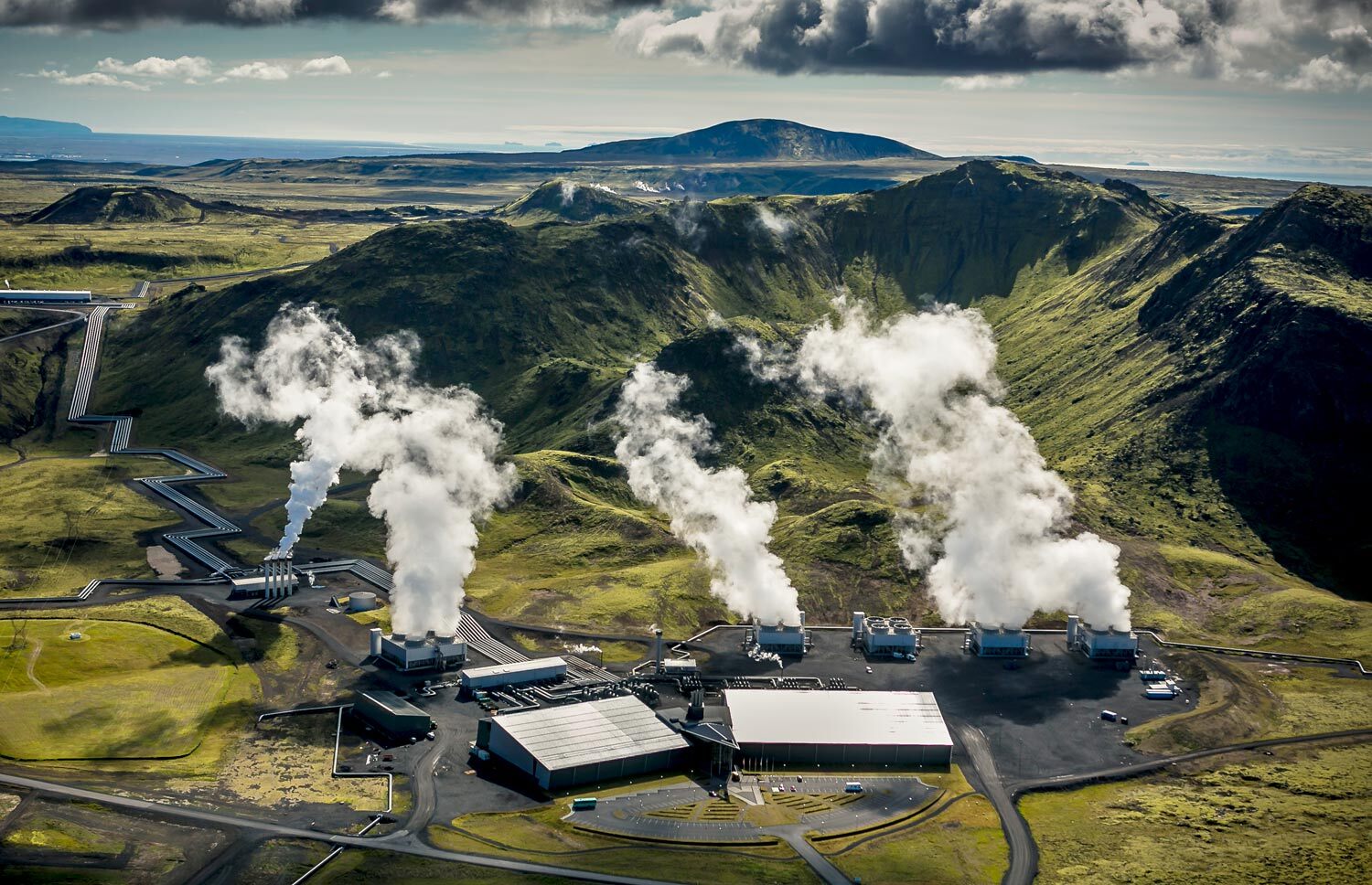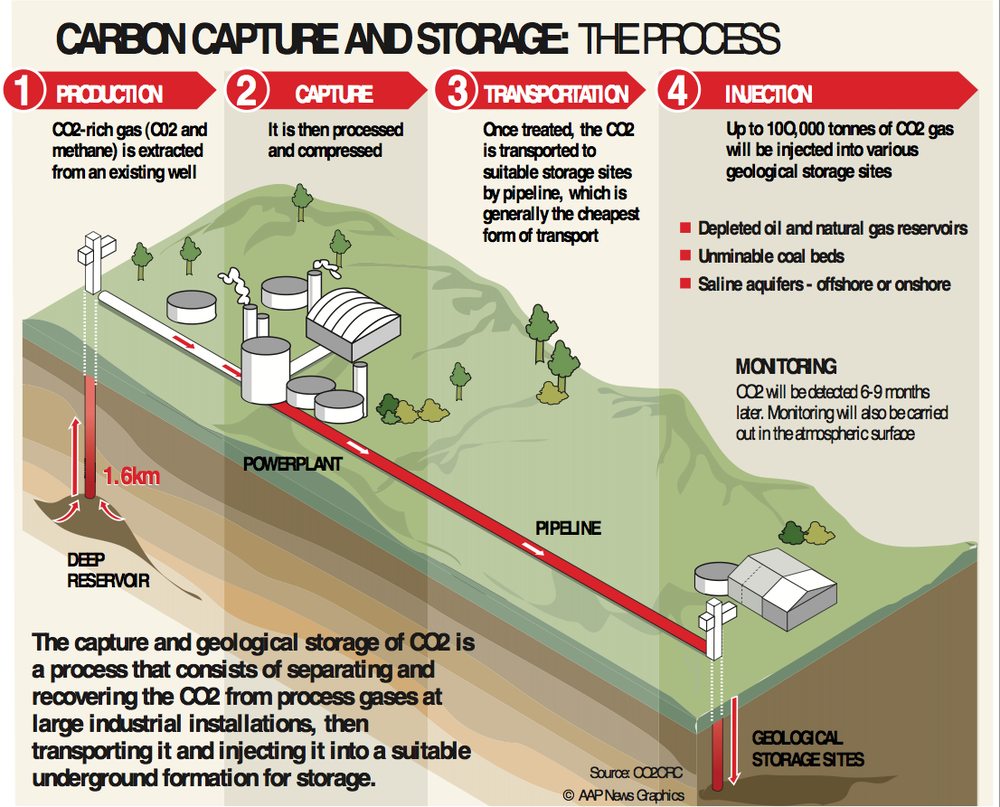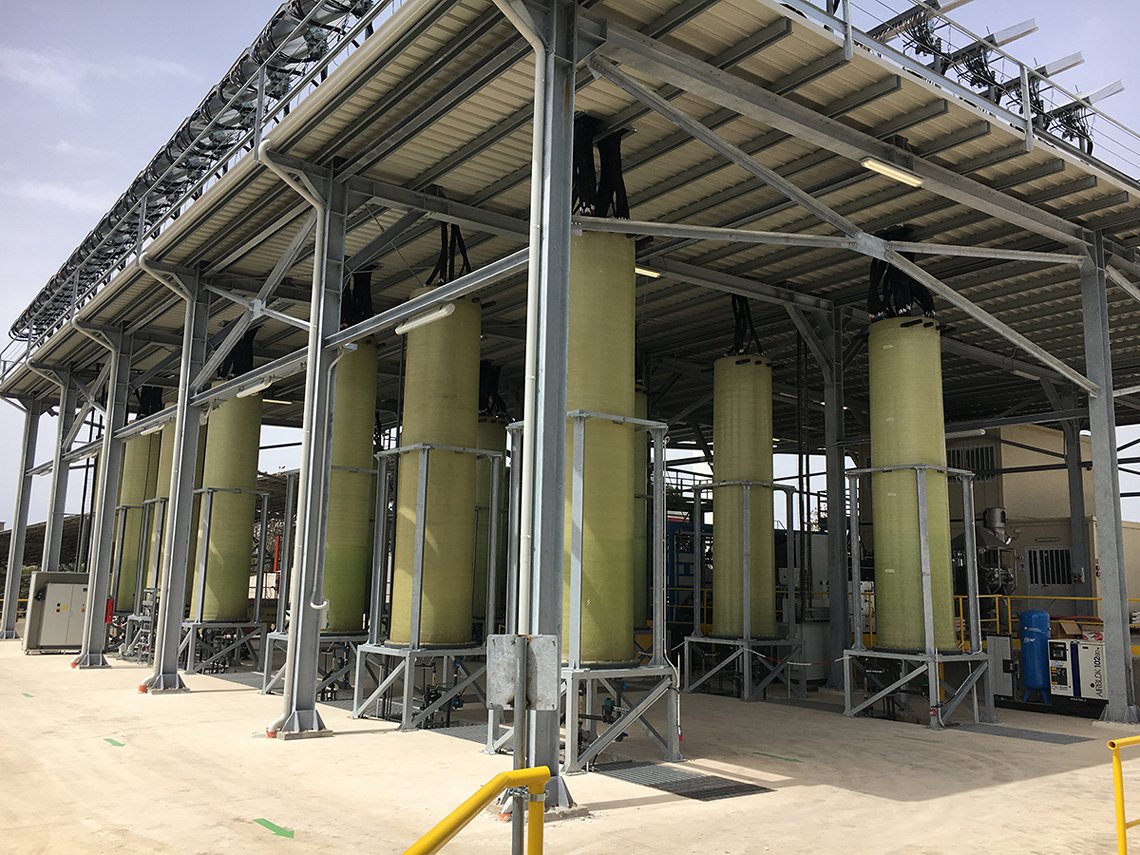
Capture and storage of CO₂
Carbon capture and storage is expected to play an important role in reducing CO₂ emissions from industry to facilitate energy transition. Despite some difficulties, several progresses are being made
Carbon dioxide capture and storage is rapidly becoming one of the key strategies for reducing CO₂ emissions into the atmosphere and helping to limit climate change. The process (CCS) consists of two stages. The first stage consists of capturing liquid CO₂ in flue stacks of power plants and other industrial facilities. In the second stage it is stored in deep geological formations or depleted hydrocarbon reservoirs.
CCS is expected to play an important role in facilitating energy transition and helping to limit climate change. According to the Ministry of Economic Development, CCS could have met 20% GHG emissions reduction by 2020.
According to the Ministry of Economic Development, Carbon Capture Storage could have met 20% GHG emissions reduction by 2020.
Broadly, three different configurations of technologies for capture exist: in post-combustion carbon dioxide is captured from flue gases after combustion; in oxy-combustion the fuel is burned in oxygen instead of air, resulting in more concentrated CO₂ stream, which is prone to easier separation; a pre-combustion capture processes – the most promising on long term – comprise adding steam or oxygen to primary fuel, which results in synthesis gas (gas containing H2 and CO) production. Further reaction of CO and steam produces a mixture of CO₂ and H2 which can now be used as fuel.

This image shows how the process of carbon capture and storage works | The Conversation
Despite the economic and health crisis due to COVID-19 pandemic, the process of decarbonizing industry continued in 2020. A recent report by Global CCS Institute, an international think tank which monitors the diffusion of carbon capture and storage (CCS) technology, shows that global capture and storage capacity has increased by 33% world-wide over the last year. The report shows that the United States is home to the highest number of operational CCS facilities and it hosts 12 of the 17 new commercial facilities, thanks to the most advanced supportive policies for CCS of any country in the world, including the enhanced 45Q tax credit and the California Low-Carbon Fuel Standard. 2020 saw increased ambition and support for CCS in Europe and Asia Pacific as well.
UE considers CCS a top priority to reach 2050 climate goals. Directive 2009/31/EC on the geological storage of carbon dioxide (CCS Directive) establishes a legal framework for the environmentally safe geological storage of carbon dioxide, ensuring that CCS is safe for the environment.
UE considers CCS a top priority to reach 2050 climate goals. Directive 2009/31/EC establishes a legal framework for the environmentally safe geological storage of carbon dioxide, ensuring that CCS is safe for the environment.
Biofixation is one of the most innovative technologies to fix CO₂ through the cultivation of microalgae (in which algae are fed by artificial light that uses wavelengths optimized for photosynthesis) and mineralization, where CO₂ is reacted with metal cations to form carbonate minerals. In 2017 the Swiss company Climeworks has launched a pilot plant in Hellisheidi, Iceland, that can capture carbon dioxide directly from the air to be pumped into underground rock formations. The project was developed by Climeworks with CarbFix2, led by Reykjavik Energy and funded partly by the European Union’s Horizon 2020 research and innovation program.

Dislocation of CCS plants according to Global Status of CCS Report 2020
Italy has a strategic position among European countries. ENI identified two hubs for storing CO₂, one in the open sea in the UK and the other in the Adriatic Sea. It is currently working on the projects Liverpool Bay and Net Zero Teeside, in the northeast of UK and Adriatic Blue, in the offshore area of Ravenna.
As for UK, in October 2020 ENI was given a license to carry out a carbon dioxide storage project for an area in Liverpool Bay, where they plan to reuse the exhausted hydrocarbon fields and convert the related infrastructure for permanently storing captured CO₂ in the North-West of England and North Wales.
In 2017 they started to work on the Adriatic Blue project with demonstration start-up expected in 2022 and full start-up in 2026. Ravenna, with its industrial set-up and still operating infrastructure, offers a unique opportunity for CCS, since reusing existing plants and its proximity to emission plants will allow costs to be kept highly competitive. With a storage capacity of between 300 and 500 million tons, these underground deposits could make a very significant contribution to the containment of climate-changing gas emissions in Italy.
ENI identified two hubs for storing CO₂, one in the open sea in the UK and the other in the Adriatic Sea. It is currently working on the projects Liverpool Bay and Net Zero Teeside, in the northeast of UK and Adriatic Blue, in the offshore area of Ravenna.

Photobioreactors of ENI experimental biofixation plant in Ragusa | ENI
Despite the progresses made, there are still doubts about possible negative effects on the environment. Existing technologies could have a major negative impact on climate. An important aspect is safely storing CO₂ on long term. The doubts concern the possible CO₂ leakage, which would create a much bigger problem.
To sum up, CCS is progressively advancing with low cost that improves feasibility. It could still not be enough to help climate change, but if integrated with other technologies, seems like it will play an important role in energy transition.

